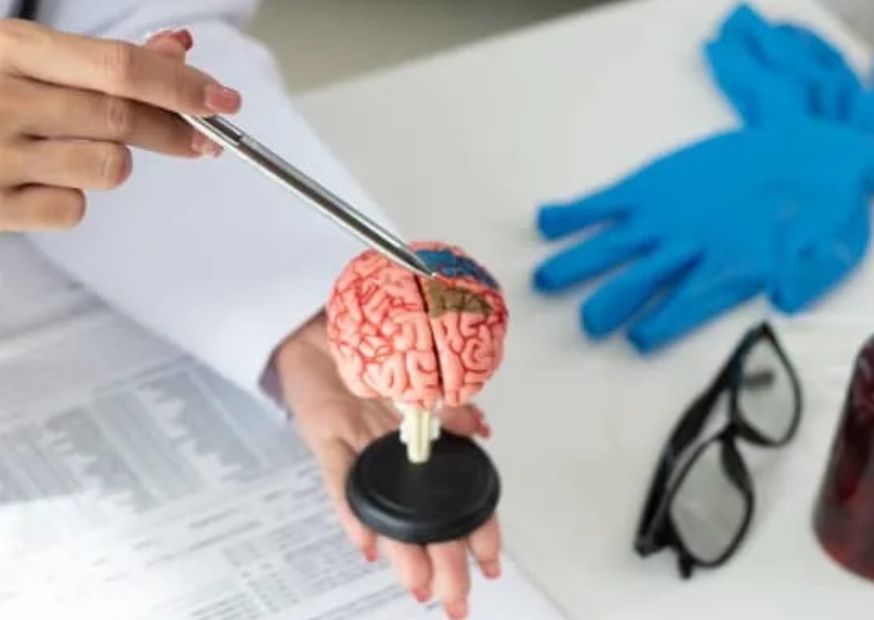WASHINGTON: In a landmark breakthrough for neuroscience, global researchers have unveiled the first draft of a comprehensive atlas that maps how the human brain — and other mammalian brains — develop from the earliest embryonic stages all the way into adulthood. The unprecedented project charts thousands of cell types, tracks how they emerge and evolve, and traces the genetic signals that guide the brain’s most fundamental architecture.
Spearheaded by the BRAIN Initiative Cell Atlas Network (BICAN) in collaboration with institutes including the Allen Institute for Brain Science, the project draws from detailed cellular data of humans, mice and select primate species. The result is a dynamic, multi-layered view of brain development that has never been captured at this scale before.
Researchers found both shared pathways and distinct divergences between species. While mice develop certain neural cell types rapidly, humans display an extended developmental timeline — particularly in the neocortex, the region responsible for complex thinking, memory, language and conscious reasoning. The atlas also revealed cell types previously unknown, including specialised populations in the neocortex and striatum.
Scientists say this ambitious mapping effort could transform the understanding of several neurological and psychiatric conditions. By establishing what “normal” cellular development looks like, the atlas will help identify irregularities linked to disorders such as autism, ADHD and schizophrenia. Early findings also indicate that certain brain tumours mimic embryonic cell states — a discovery that may open new pathways for targeted cancer therapies.
Although the newly released atlas marks a monumental step, researchers emphasise that this is only the beginning. Completing a full, functional map of every brain cell type — and understanding how these cells interact over decades — remains an ongoing scientific challenge.
Still, experts agree that the draft atlas has set the stage for a new era in brain research, one that could reshape diagnostics, treatment strategies and the broader understanding of human development itself.
This story has been reported by PakTribune. All rights reserved.



